Premium Only Content
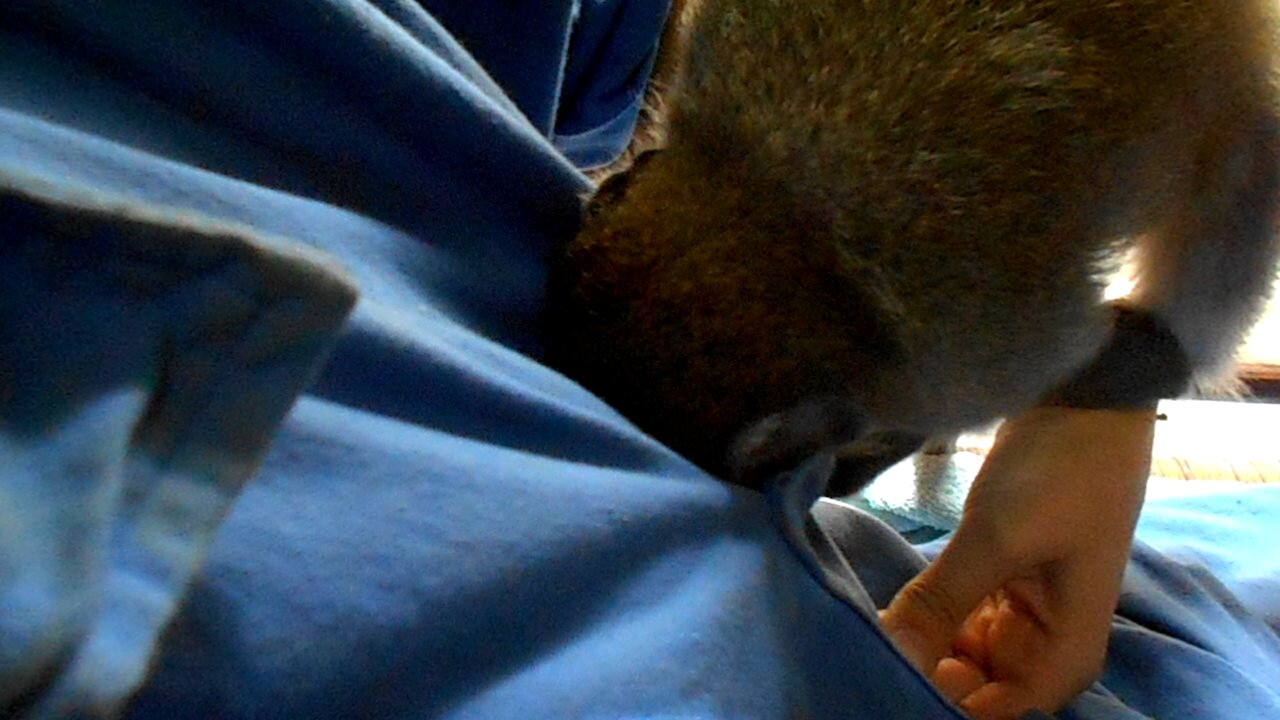
Rescued baby monkey tries to steal from caretaker's pocket
This 6-month-old Blue Monkey was rescued after his mother died. He is being rehabilitated at a Wildlife Center, and once he is older, he will be integrated into a troop and released back into the wild.
He may look adorable, but he is a real trouble-maker! Hyperactive and curious, he never stops! Everything is a game to him! Here you can see him trying to steal a pen from his caretaker pocket, after being weighed. He soon realized he wouldn't be able to get it, though, and gave up.
The Blue Monkey (Cercopithecus mitis), also known as Samango, belongs to the Cercopithecidae family of Old World Monkeys, the largest of all primate families, comprising 138 species of primates. The family includes the mandrill, drill, baboons, colobus, macaques, among many others. The genus Cercopithecus, generally referred to as Guenons, comprises 26 species, and 17 subspecies of Blue Monkey are recognized: Cercopithecus mitis opisthostictus, Cercopithecus mitis boutourlinii, Cercopithecus mitis albogularis, Cercopithecus mitis albotorquatus, Cercopithecus mitis stuhlmanni, Cercopithecus mitis doggetti, Cercopithecus mitis moloneyi, Cercopithecus mitis heymansi, Cercopithecus mitis erythrarchus, Cercopithecus mitis zammaronoi, Cercopithecus mitis kolbi, Cercopithecus mitis monoides, Cercopithecus mitis mitis, Cercopithecus mitis kandti, Cercopithecus mitis francescae, Cercopithecus mitis schoutedeni and Cercopithecus mitis labiatus.
This species is widespread across Central, Southern and East Africa. It can be found in many different types of forest, such as lowland and montane tropical moist forest, riverine and gallery forest, delta forest, bamboo forest, sand forest, and even secondary forest, logged forest and thickets.
Blue Monkeys are diurnal and arboreal, and live in groups of up to 40 individuals. They may form alliances with other monkey species, for added protection.
They are mostly frugivorous and folivorous, so their diet consists mostly of fruits and leaves, but they also feed on slugs and worms.
In spite of being widespread, this species suffers from habitat loss and hunting.
-
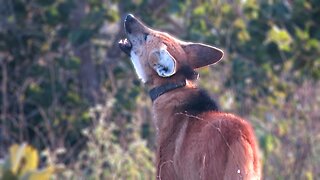 0:33
0:33
NataliaCara
2 years agoWild Maned Wolf roar-barking
4712 -
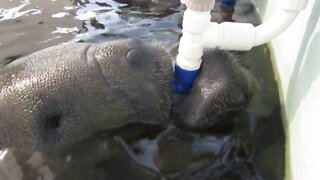 0:20
0:20
NataliaCara
6 years agoFunny rescued manatee tries to steal buddy's bottle
1.43K2 -
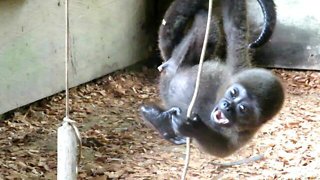 1:24
1:24
NataliaCara
6 years agoBaby Monkey Rescued From Black Market Plays For The First Time
4962 -
 0:28
0:28
ViralHog
5 years ago $0.52 earnedSqueaking Baby Squirrel Rescued
3.59K -
 1:23
1:23
NataliaCara
5 years agoRescued Saki Monkey wants to befriend caretaker
9.16K2 -
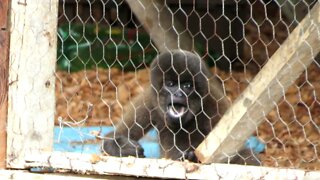 0:50
0:50
NataliaCara
6 years agoRescued baby monkey throws temper tantrum when caretaker leaves
119K9 -
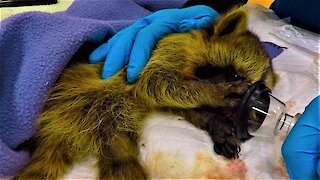 1:11
1:11
WildCreatures
5 years ago $39.33 earnedRescued baby raccoon wakes up from anesthetic in the cutest way
8.42K4 -
 0:20
0:20
ViralHog
5 years ago $0.07 earnedChipmunk Rescued from Downspout Dilemma
5291 -
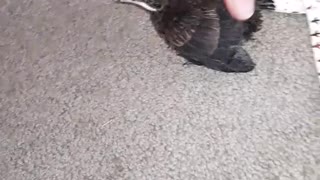 1:06
1:06
ViralHog
5 years ago $9.12 earnedRescued Baby Bird Likes to Talk Back
6.28K -
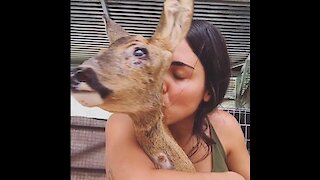 0:35
0:35
rumblestaff
5 years agoRescued deer recovers from devastating injuries
1.88K1